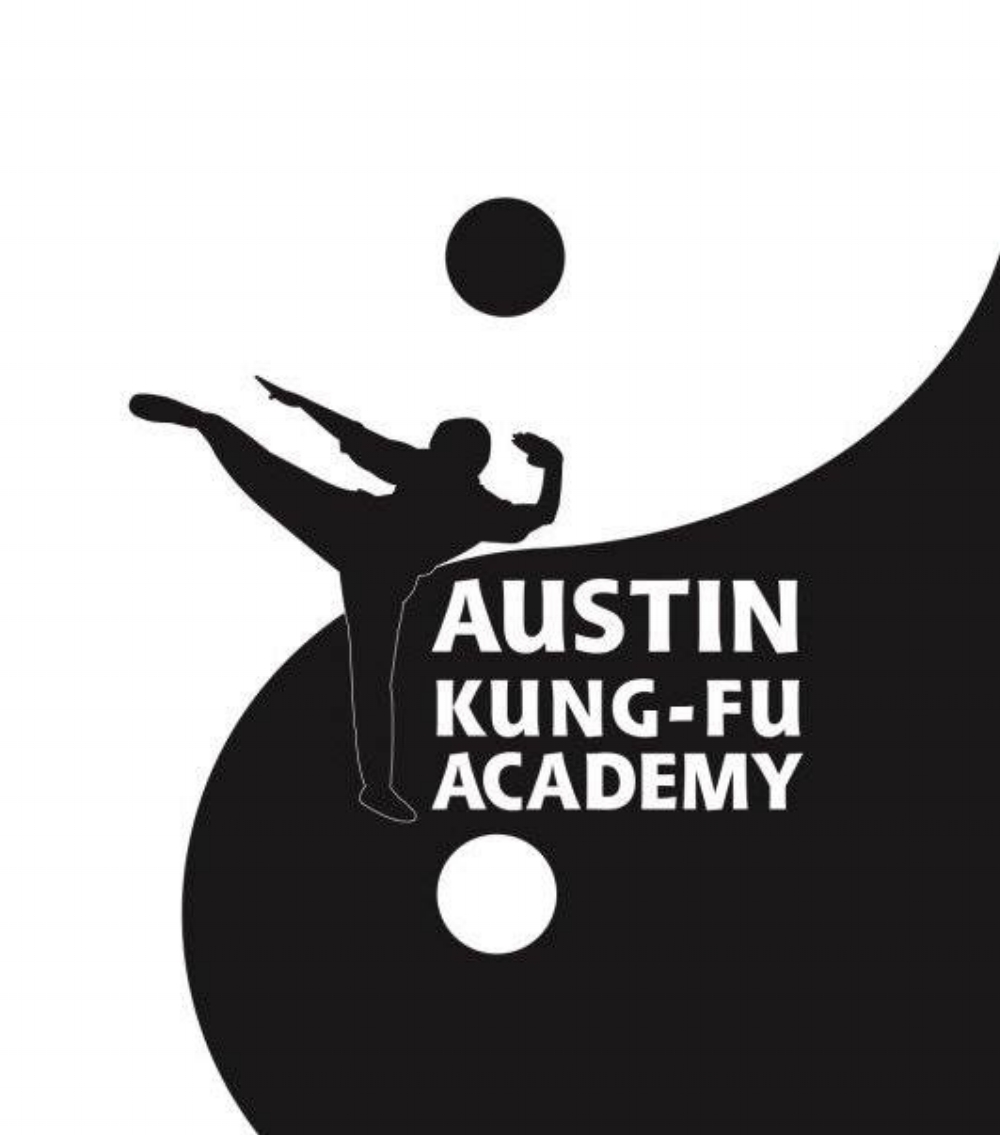by Santanu Rahman
One of the biggest treasures of traditional Kung-Fu is what it does for your brain and mind.
The training helps build memory, the mind-body connect can lead to deeper processing and retention, and if you start associating certain words with it all, it can be an invigorating experience.
As we begin to age, one of the parts of us that starts declining are our memories. Particularly, the short term memory. Memory is like a muscle. It needs to be worked regularly to maintain it. I don’t mean having it worked out of necessity, as in, perhaps, a job or task of some sort. That will definitely strengthen it, but that’s in more of a “survival mode” mindset. I’m referring to a deliberate, mindful practice of memory building, such as learning to perform a song, learn a new language, or Kung-Fu movement sequences. A parallel example is building physical strength. Someone who loads and unloads trucks for a living will invariably develop strength, through the necessity of the job. But that individual might still go to the gym, to build and round out his/her strength and other related physical attributes.
Indeed, one of the most challenging aspects of Kung-Fu is the memorization of forms/routines. It requires quite a bit of you. If you’ve had an already exhausting day at work or school, you’re probably looking to release stress (doing high impact movements), or cleanse your energy (doing meditation centered activities). The sequential learning of long routines requires a heightened presence of mind, and that might be asking more than what students are willing to give towards the later part of the day.
But the investment has a pretty big payoff - your mind-body connection enhances (which has healing effects), your ability to observe and quiet your mind improves, and your memory gets stronger.
When you’ve gotten past the initial “Memory Phase” of the routine, you start going deeper into the expression of the energy. When you are no longer concerned much with what step comes next, you can then make choices on how to express the energy. Do you want to do a more meditative run through? How about a full spirited/full power expression? How about just a walk-thru, making sure your body still has it? How about doing it with a more staccato rhythm? How about making it more fluid? How about doing it like a slow, Tai Chi-like form? How about mixing it up, doing some parts strong, and others soft? How about doing it the way you might envision Bruce Lee or Jackie Chan doing it?
So many different ways to express the energy! Each way changes the shape of your brain because of its neuroplasticity.
The repetition for the initial Memory Phase keeps it in your Short Term Memory (STM). When you start practicing with all kinds of different expressions, you are tapping into your emotions, and that leads to deeper processing, where it starts entering into your Long Term Memory (LTM).
Once in your LTM, there is another level. There is an even stronger emotional connection that can be made, dare I say, spiritual. Here’s what I mean:
Find words or phrases that are particularly powerful to you. Associate that word/thought to a move (or a short combo of moves). Let’s say, just for the sake of having an example, you assign the word and concept of “Gratitude” to a straight punch and straight kick combo. When you do the move, you verbally say “Gratitude”. And you have to mean it. Let’s say that you have been positively affected by your Gratitude and understand it. When you connect that word, that holds a powerful sentiment for you, and you connect that to the combo of moves, you are creating an association.
When you repeat this over and over again, soon, that combo becomes your symbol for Gratitude.
After awhile, the move no longer feels like the move anymore. The move has transcended its own direct meaning, and has joined forces with something that might be even more emotionally powerful to you.
Some in the motivational industry call these “Power Moves”. But, my approach is a little different than theirs. They focus mostly on the emotion/mental state, and then ascribe it to whatever move they choose. I’m going at it from an altered angle. I focus mostly on the move. Then, I ascribe it to whatever emotion/mental state I may choose.
Really discovering the neurological, conscious, and subconscious effects the process of learning Kung-Fu sequences/routines has been quite an eye-opening experience! It is, indeed, how the practice of traditional Kung-Fu can remain relevant in the 21st century!
